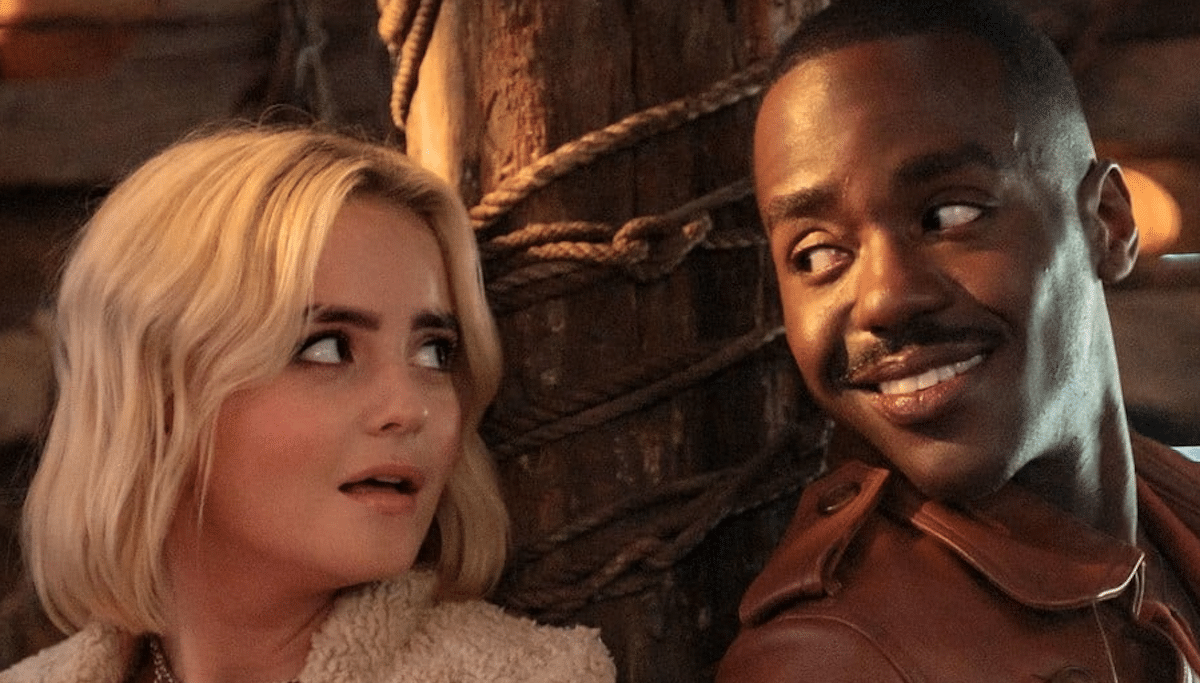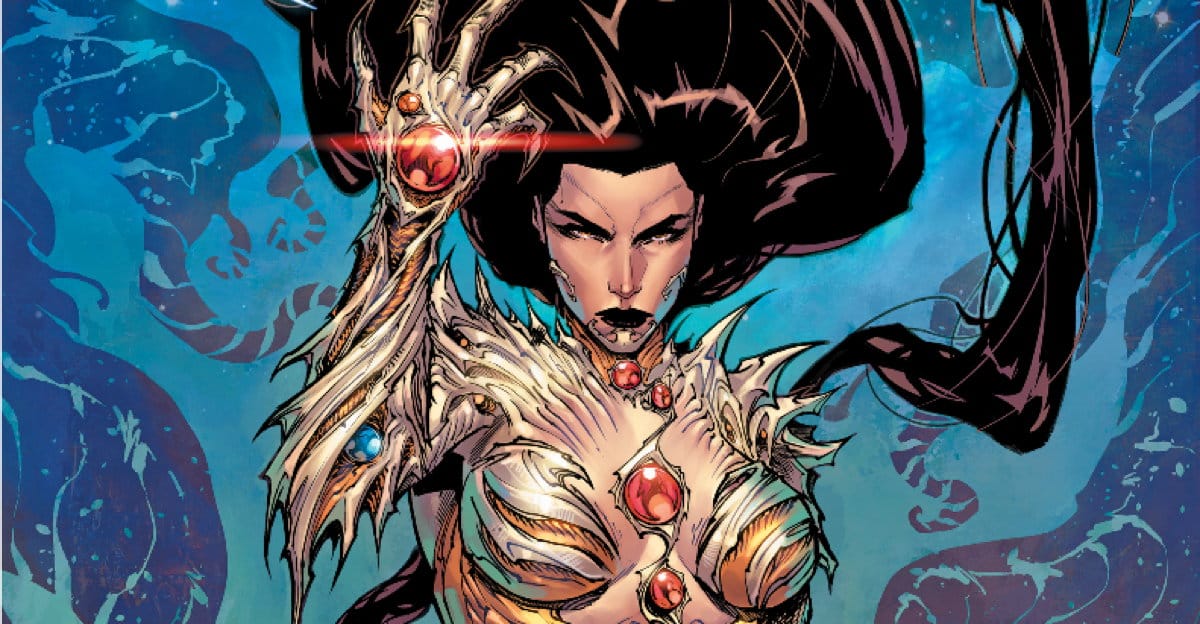We’re The Kids in America: G. Willow Wilson and Adrian Alphona’s Ms. Marvel #1http://ift.tt/LzVbdn
By Jeffrey O. Gustafson
Kamala Khan is a sixteen year old girl from Jersey City. She has the same pressures as any teenager: friends, family, school, parties. She desires independence and autonomy while her parents try to navigate her through the fraught landscape of peer pressure and the expectations of family. Every teen goes through something like this, but an added layer is that she is a second-generation Pakastani-American. The immigrant experience in America is a varied and challenging one, and the particular pull of religion and old-world culture plays a significant role in the already difficult path of adolescence. And on top of that, Kamala lives in the Marvel Universe, where crazy stuff happens.
Ms. Marvel #1 is the new superhero comic written by G. Willow Wilson (Cairo, Air) and illustrated by Adrian Alphona (Runaways). When announced last year, there was significant mainstream buzz about the book because the creators and the publisher were creating a non-white, non-male new hero, something sadly too rare. The response was a bit much, especially considering that there was no inkling that the book would even be any good, nor if the book would remotely succeed. While it’s obviously too early to decide the latter, it’s safe to say that Wilson and Alphona have more than delivered an entertaining and fresh story that plays with and exceeds the expectations of genre (and the audience).
The story opens with Kamala at her local hangout (such as it is, it’s a convenience store) with her friends Nakia and Bruno. She’s dreamily smelling bacon, intoxicating and verboten. At home, Kamala writes Avengers fanfic. (“Fan feek… What is fan feek? I thought you were doing homework,” her mother laments.) When dinner rolls around, she asks her parents if she can go to a party. Her father objects, and she stomps off in a teen-girl huff and puff. The family dynamic here is wonderful. Her parents, both moderate Muslim immigrants, find their two children taking opposite and equally consternating paths. (While Kamala’s Americanization seems total, her older brother Aamir has retreated into a more conservative and restrictive – if not quite fundamental – view of Islam.) Kamala, desiring the specific normality of teenage freedom (mixed with the added frustrations of religious restriction), sneaks out of her room that night to go to that party. She encounters dancing and alcohol, and then mists come from across the Hudson, Manhattan in all its significance hovering in the background. She has a fever dream of Avengers and mysticism and wakes up dressed as her idol, Carol Danvers, the current Captain – and former Ms. – Marvel. The first issue ends there, but based on the delightful short story from last month’s All New Marvel Now anthology we already know Kamala will be a shape shifter of indeterminate ability, donning the name Ms. Marvel in honor of Danvers.
The obvious model for all of this is the Lee/Ditko Spider-Man. Not the tragedy and never ending world wariness of Peter Parker’s story, but the window into contemporary teen life that connected the book to young adult audiences at a time when superhero funnybooks were the younger kids’ domain. Creators have been emulating that formula for a half-century now, to a frankly tiring degree. But rather than feeling like a well-worn slog of been-there/done-that, Wilson presents the story in a naturalistic, unrushed way that simply feels good to read. There is a universality and timelessness to the basic conflicts Kamala faces as an American teenager in 2014. The first chapter of this new Ms. Marvel isn’t really about superpowers at all, but about finding your identity amidst the dueling conflicts of family, faith, and friends. Superheroism is just that added wrinkle that will inevitably come to complicate things even further. You don’t have to be a Muslim teenage girl to appreciate Kamala’s struggle here, because while the Muslim aspect is important, it is not the total focus. Indeed, because there are so few representations of American Muslims in mainstream comics, it may be far too easy to over-focus on the Kamala’s ethnicity and religion.
Thankfully, Wilson presents the characters not as easy stereotypes but as fleshed-out people that don’t quite fit into the standard genre boxes that have been long since built for them. Zoe, who at first blush seems like she may fit into the Flash Thompson role of antagonist, comes off less like a bully and more like a slightly ditzy WASP without the malicious undercurrent of racism or even good old fashioned teenage dickishness. Kamala’s father is just as annoyed by Aamir’s religious stubbornness as he is by Kamala’s wish to go to a party with boys and booze. The conversations about religion and culture that are peppered throughout are far from perfunctory. Wilson uses these moments as a vehicle of elegant exposition that more than anything reflect the bubbling undercurrent of the ongoing conversation being had by immigrants and teenagers of all stripes in the big-city cauldron of colliding cultures found throughout urban America.
Alphona’s art here is, unsurprisingly, quite wonderful. In a chapter light on action, Alphona is able to present the longer sequences of dialog with accessibility and energy. Wilson works with Alphona’s many strengths, and Alphona delivers. Alphona’s stylish illustration beautifully captures the characters’ emotions and physicality. When the superhero action shows up in the short story from All New Marvel Now, it’s stunning.
Alphona and Brian K. Vaughan’s Runaways took place on the outskirts of much of the Marvel Universe, creating added significance when bigger name characters appropriately came in (and giving them more freedom of storytelling). It allowed Alphona’s idiosyncratic/accessible art to breathe, and he has only refined his style further. Ms. Marvel is still set within the gee-wiz world of Marvels and Monsters, but the tide of insanity that comes from superhero conflict is largely stemmed by geography. Wilson sets the book in Jersey City, still in the larger New York Metropolitan area but far enough outside Manhattan to give some sense of remove from the ceaseless four color madness that flows from across the Hudson. Almost close enough to touch.
This comic and the potential series has a lot going for it as well as against it. Creating a new superhero is easy; creating a new hero that is both good and successful is much, much harder. Ms. Marvel‘s quality here shines, enough to give it a chance, and enough to overcome the hubbub behind the larger conversation happening about diversity in the people who make and star in comics. That is an important element – G. Willow Wilson has potential to finally become one of comics’ premier creators in an predominantly male industry, and Kamala Khan has the potential to be a breakout success in a very white genre. But more than that, more than any of that, this is a good comic. That’s all that really matters, but we all know good comics, especially those taking chances in the mainstream, sometimes don’t sell. It’s success as an ongoing is undecided, but it’s success as a cohesive comic creation is undeniable. Wilson and Alphona are perfect together, and Marvel is the perfect place to tell this story.
As a piece of serialized fiction, it has some pitfalls. We don’t get the expected transformation until late, and having already been teased by the short story we already kind of know what’s happening. It is not disappointing as much as it is a good reflection of a more delicately paced (though certainly not decompressed) origin, in contrast to the hyper-efficient densely packed origins of the Silver Age whose structure the team here subvert, modernize and improve on. But the characters and setting are compelling, and Alphona’s art especially enjoyable – I loved this comic and am looking forward to more.
Jeffrey O. Gustafson is a New York City-based comics blogger and the creator and writer of The Comic Pusher blog at ComicPusher.com
#call_to_action h4{padding:0px 5px;}







